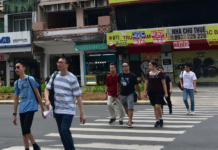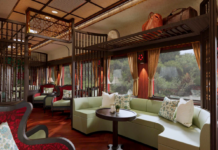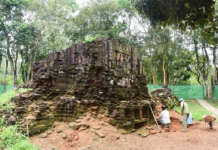The book entitled “Thang Long Co Tich Khao” says: “In the 5th year of Ly Thuan Thien (1014), Most Venerable Monk Huu Nhai, Patriarch of the Vietnam Buddhist Sangha asked the king to establish a makeshift platform in the pagoda to organize rites for those who wanted to follow the Buddhist religion. The king issued an edict to agree with the monk’s suggestion”. This fact shows that the pagoda was probably built before the Ly Dynasty because at that time it became the favourite place for many venerable monks to stay and lead a religious life.
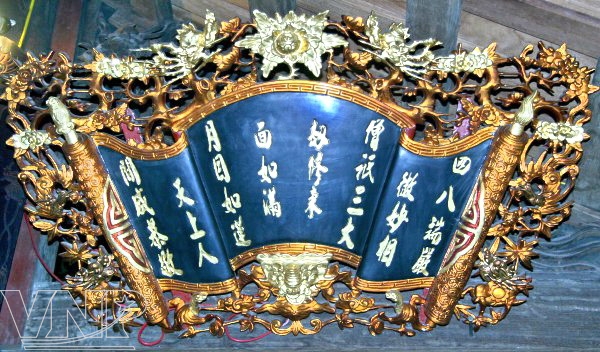 The ancient scroll of letters at the sanctum in Van Nien Pagoda. 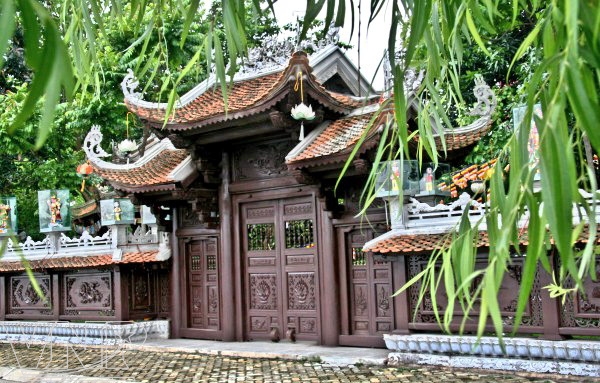 The ancient three-door gate of Van Nien Pagoda. 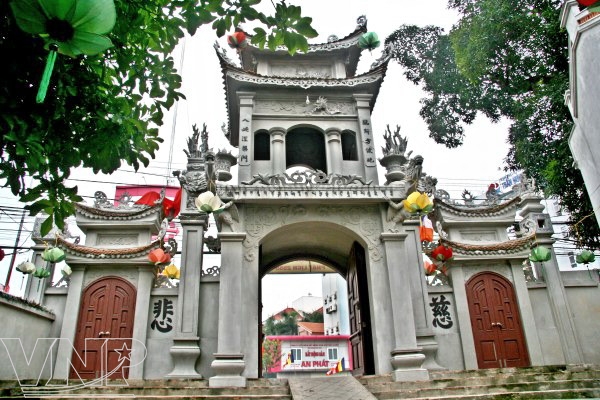 The main entrance of Van Nien Pagoda. 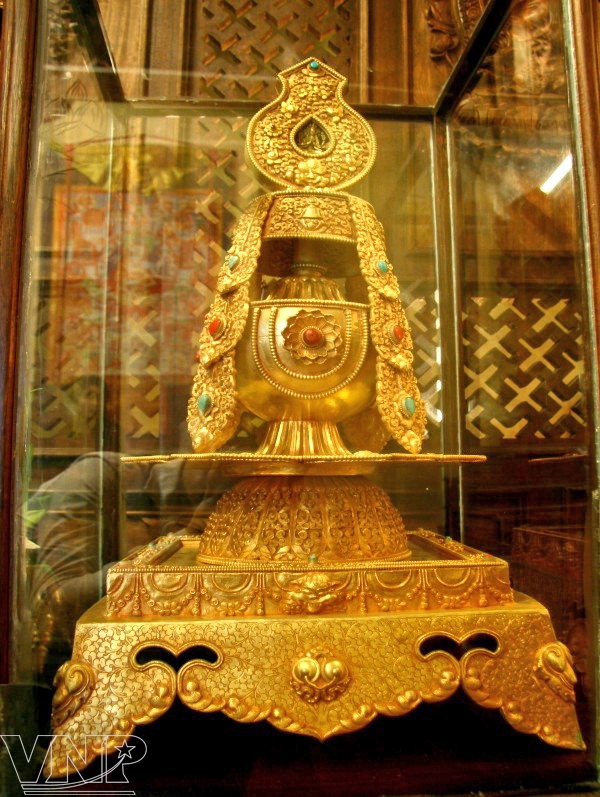 The gold tower in the pagoda. 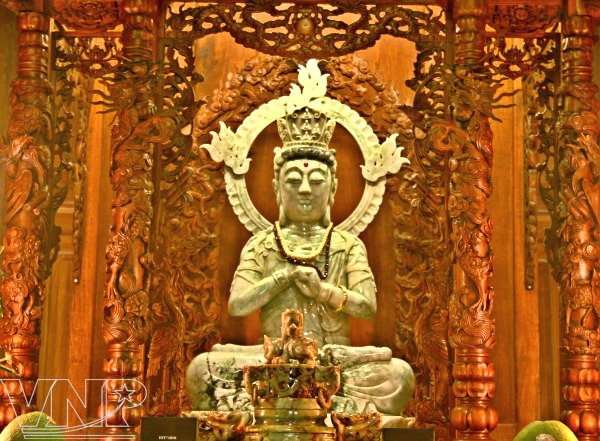 The statue of Sakiamuni made from Jadeite in Van Nien Pagoda. 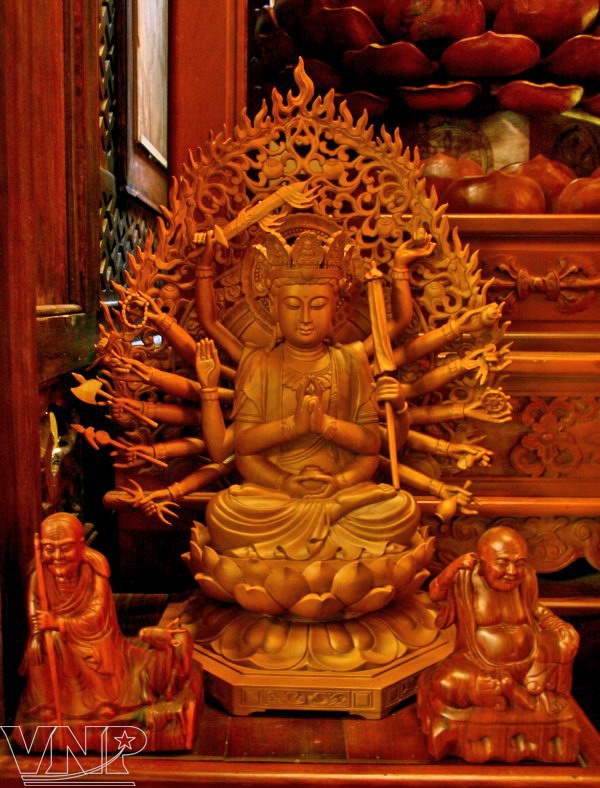 The Goddess of Mercy with thousand hands and thousand eyes. 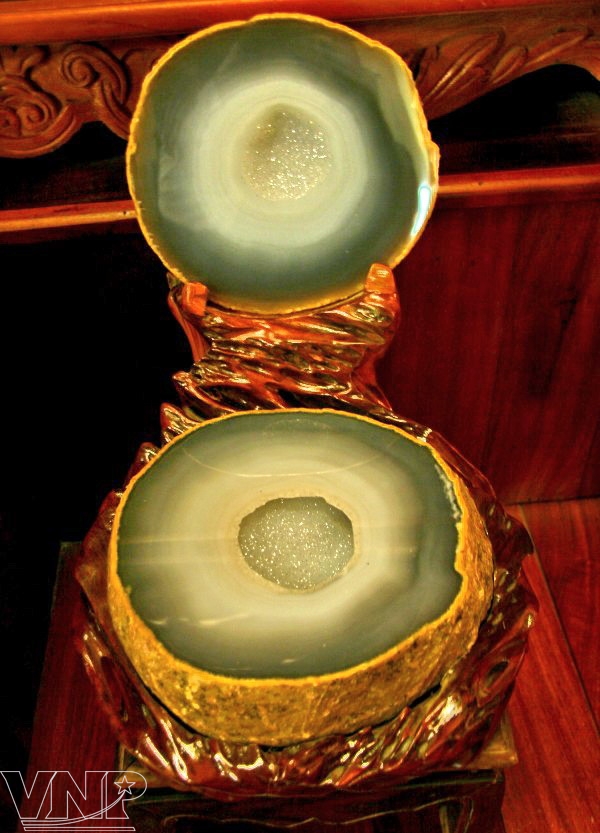 Pieces of gemstone from the Le Dynasty. 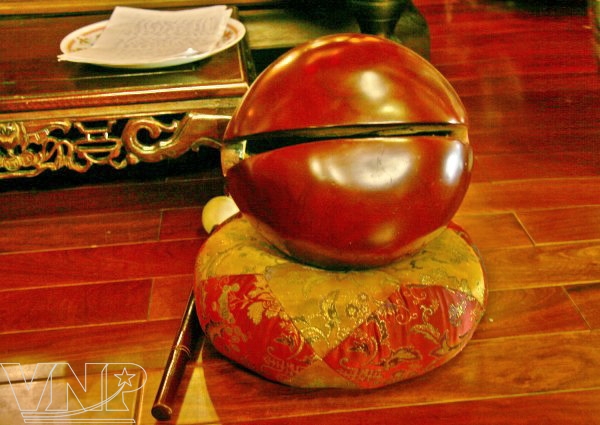 A wooden bell in the pagoda. 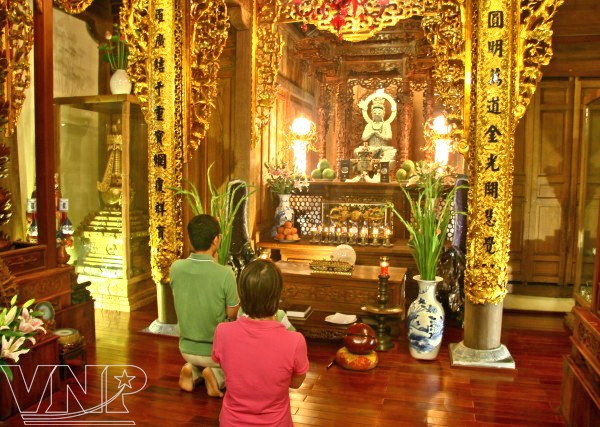 People often go to the pagoda to pray for health, happiness and peace. |
Although the pagoda has experienced several restorations, it still maintains typical architectural features and objects which have a great historical and artistic value, such as the wall of the main hall which was built with a typical kind of brick in the Ly Dynasty. I also has a set of 46 round statues, including 26 Buddha statues, 20 statues of Mother Goddesses and late patriarchs; two stone bells dated in the Nguyen Dynasty; 11 genie ordinances; and many other worshipping objects. Notably, on the bell cast in the Gia Long Dynasty (1802-1820) there is a chronicle written that Van Nien Pagoda is an ancient relic and a beautiful spot in the west of the imperial capital of Thang Long. Although the pagoda is not large, it is situated near the West Lake so it has a spacious and serene landscape. On the first or fifth day of the lunar months, people often go to the pagoda to pray for peace, health and happiness.
With great values in terms of history and culture, the pagoda was ranked as a national historical and cultural relic in 1996 by the Ministry of Culture, Sports and Tourism. Over the years, the authority and people in Tay Ho District and the pagoda’s master monk Thich Minh Tue have made joint efforts to preserve the ancient beauty of the pagoda.

